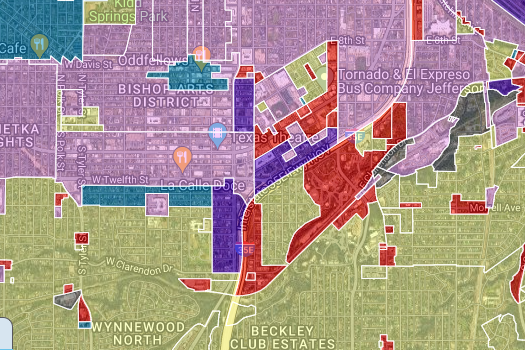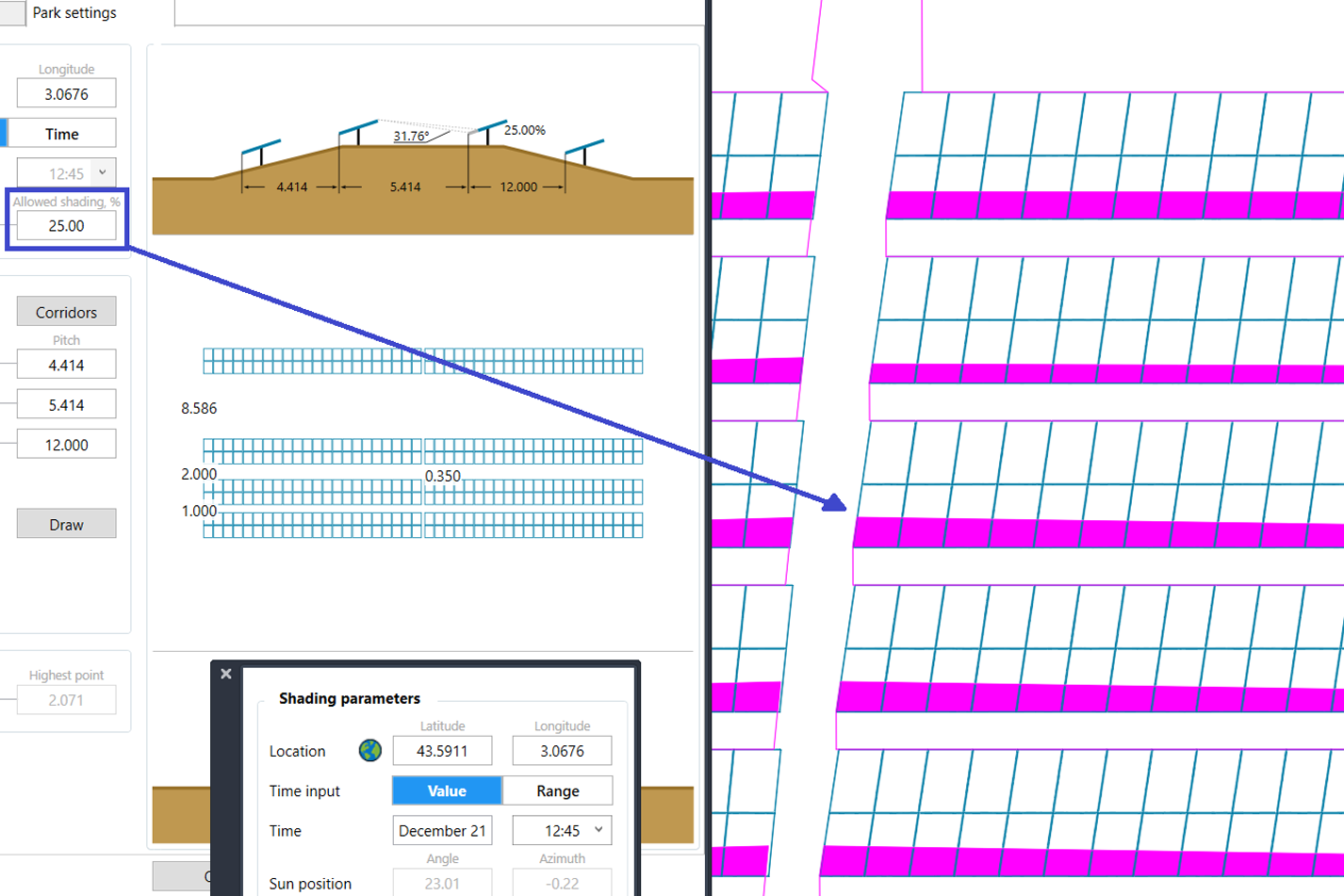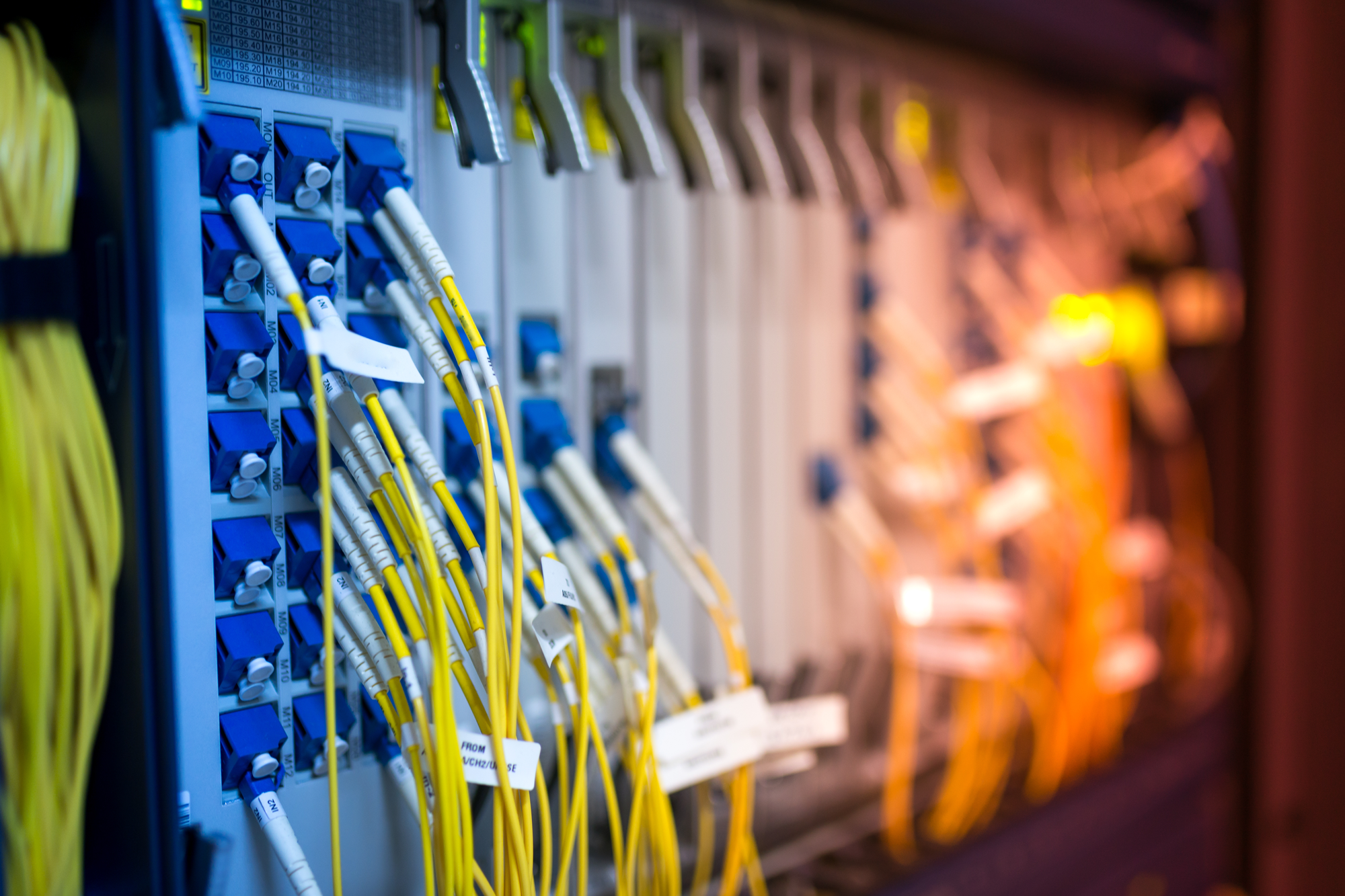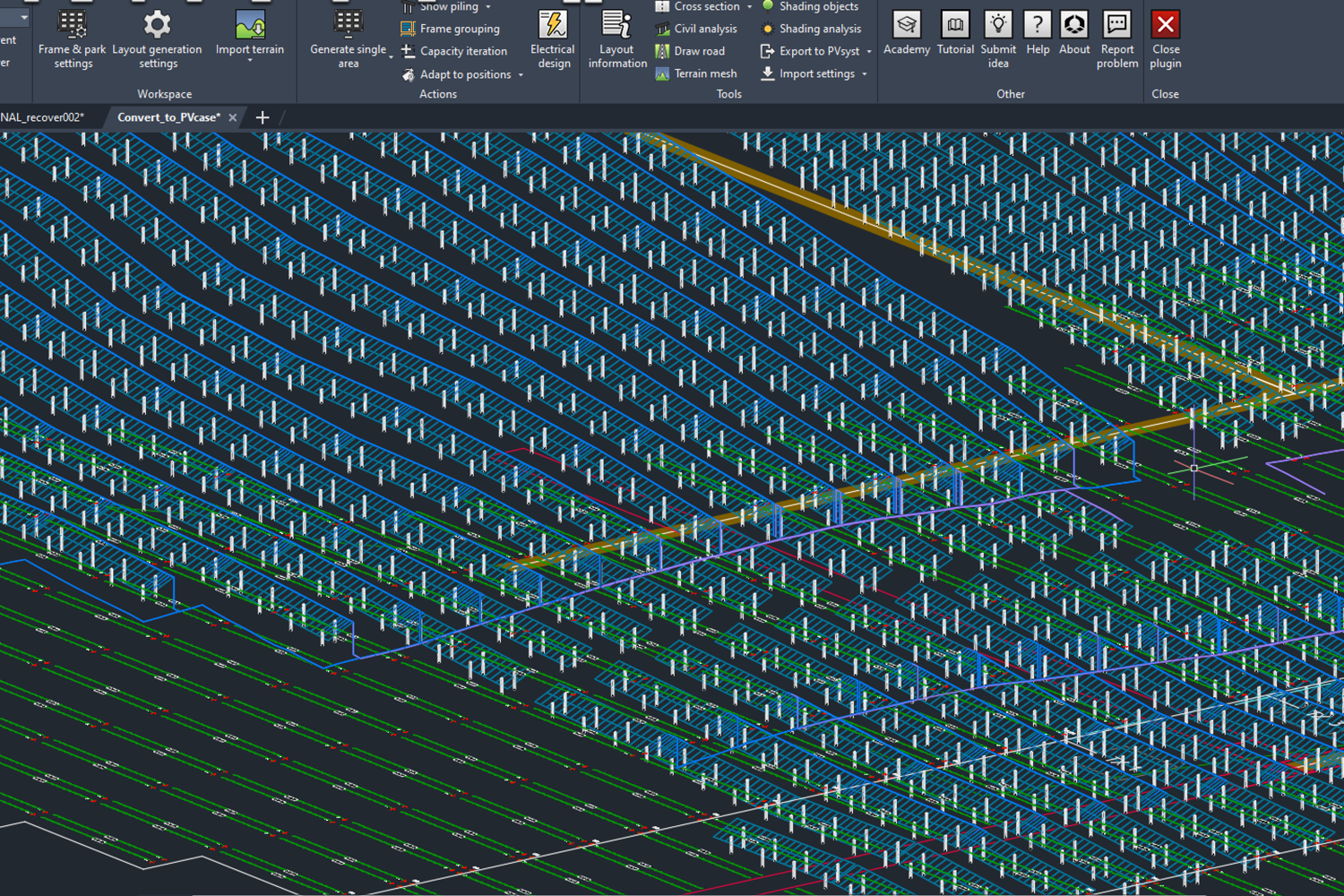Smart cities have become a hot topic as governments worldwide have invested billions of dollars in various smart city technologies. As a result, the global smart city market is expected to reach $300 billion by 2032. However, as with any new and ambitious project, several factors must be considered when evaluating the feasibility of smart cities.
In this article, we’ll uncover the benefits and challenges of building smart cities to determine their feasibility.
The benefits of smart cities
One of the main reasons for the increasing interest in smart cities is the probable and myriad benefits they offer. Let’s take a look at some of the advantages that smart cities can bring.
Energy efficiency
Research published in Smart Cities found that the smart energy market is projected to grow rapidly, increasing by 27.1% annually from $122.2 billion in 2020 to $652 billion by 2026. This significant growth may be attributed to the implementation of energy-efficient technologies.
Some common examples of energy-efficient initiatives in smart cities include:
- Smart lighting systems that use sensors and timers to adjust street lights based on traffic patterns, resulting in lower energy consumption;
- E-learning machines that store energy and allow it to be used during peak hours, reducing the strain on the power grid;
- Smart grids that manage electricity distribution more efficiently allow for more reasonable integration of renewable energy sources such as solar power.
In addition to these technological advancements, smart cities also promote sustainable urbanization. The design of smart cities incorporates walkability, public transportation and green spaces, reducing the use of cars and promoting a healthier lifestyle.
Public safety
Smart cities use sensors, cameras, and other technologies to collect and analyze data in real-time. This data can be used to improve public safety by enhancing emergency response times, identifying potential hazards, and monitoring high-risk areas. For example, smart traffic management systems can redirect emergency vehicles to the most efficient route based on current traffic conditions. Additionally, surveillance systems with gunshot recognition capabilities can help law enforcement agencies identify situations that pose a threat to public safety.
However, privacy concerns must also be addressed when implementing these technologies. Citizens’ rights must be protected by ensuring appropriate data collection and usage policies are in place.
Economic growth
Smart cities can also drive economic growth by creating new job opportunities and attracting innovative companies and talent. A study published in Springer Nature found that “smart city construction significantly promotes urban employment, especially employment in the secondary and tertiary industries.”
The research further states that building smart cities encourages job growth in the service sector and helps improve the overall employment structure in urban areas by impacting various industries. This can lead to improved economic activity and stimulate local economies.
Moreover, smart cities are attractive for new businesses due to the advanced infrastructure and technologies they offer. The data collection and analysis capabilities delivered by smart cities can help companies make more knowledgeable decisions, leading to an increase in productivity and efficiency. This, in turn, can attract more businesses and contribute to economic growth.
The challenges of smart cities
Though the benefits of smart cities are promising, several challenges need to be managed for their successful implementation.
Cybersecurity
A major concern for smart cities is cybersecurity. The increasing use of interconnected devices and data collection increases the risk of cyber attacks. This highlights the need for regulators and policymakers to comprehend these risks and take appropriate measures to protect citizens’ sensitive data. They must work closely with technology providers to ensure suitable security protocols are in place and regularly updated.
A few best practices for smart cities to enhance cybersecurity include:
- Secure planning and design: Consider cybersecurity from the initial planning stage of a smart city project.
- Regular updates and maintenance: keep all devices, software, and systems up-to-date with the latest security patches.
- Multi-factor authentication: execute multi-factor authentication to reduce the risk of unauthorized access.
- Data encryption: encrypting sensitive data can make it harder for cybercriminals to gain access.
These are just a few examples of the many best practices that can help ensure the cybersecurity of smart cities. With proper measures in place, the possible risks can be mitigated, and citizens’ trust in these technologies can be maintained.

Data privacy
Another critical challenge for smart cities is data privacy. With the vast amount of data collected by sensors, cameras, and other devices, there are concerns about how this data will be used and who will have access to it.
One of the major concerns is government surveillance. As more information is gathered through these technologies, governments could use it for surveillance purposes, infringing on citizens’ privacy rights. It’s crucial for policymakers to establish clear regulations and guidelines for collecting, using, and sharing this data.
Outdated infrastructure
With the rapid pace of technological advancements, existing infrastructure may not be able to support the new systems and devices needed for a smart city. This can create significant challenges in implementing and maintaining these technologies.
Upgrading infrastructure can be costly, and local governments need to have a clear plan and budget in place to ensure a smooth transition to a smart city. Governments must also work closely with private companies to promote the efficient development of advanced infrastructures.
Energy capacity
The success of smart cities heavily depends on access to reliable and sustainable energy sources. With the growing use of interconnected devices, data centers, and other technologies, the demand for electricity will only increase.
To ensure a continuous electricity supply, governments must plan and design efficient power grids that can handle the increased load. This involves employing various tools and techniques, such as identifying optimal locations for solar energy. Advanced algorithms should also be used to enhance solar power plant designs, ensuring maximum efficiency.
Further, renewable energy sources like solar panels and wind turbines in a smart city’s infrastructure can reduce dependence on traditional fossil fuels and promote sustainability.
Making smart cities possible
It can be challenging to transform a traditional city into a smart one. It requires a collaborative effort from policymakers, technology providers, and citizens to make it possible.
Some steps that regulators can take to make smart cities more feasible include:
- Investing in research and development: policymakers can allocate funds for research and development in smart cities. This will enable the creation of new, more efficient and affordable technologies.
- Implementing technology in new ways: regulators can encourage the use of innovative solutions in existing infrastructure rather than building entirely new ones. For example, smart traffic management systems can be implemented on existing roads instead of constructing new ones.
- Incentivizing the expansion of renewable energy: governments can provide incentives to companies and individuals for using renewable energy sources like solar panels and wind turbines. This will not only promote sustainability but also reduce the load on power grids.
- Collaborating with private companies: public-private partnerships are crucial for the successful implementation of smart cities. Regulators can work closely with private companies to develop new technologies, share resources, and optimize processes.
Conclusion
By taking these steps, regulators can make smart cities more feasible and bring about positive changes in urban living. They must also ensure that citizens’ needs and concerns are always considered when implementing new technologies. With proper planning and collaboration, smart cities can potentially transform our lives for the better.
You might also be interested in:
March 26, 2025
PVcase Yield product guide: revolutionize solar energy modeling with advanced technology
Download PVcase Yield product guide and discover how PVcase Yield is transforming solar energy modeling with its advanced digital twin technology and physics-based simulations.…
March 25, 2025
The impact of Zoning Data on strategic site selection
Zoning Data encompasses the information used by local governments to classify land use. Learn how this new addition to PVcase Prospect enables solar developers to choose a project…
March 24, 2025
PVcase’s spring product updates: what’s new
PVcase and HeatSpring offer a new training bundle on utility-scale solar engineering for solar designers and engineers.
March 5, 2025
Why fiber data is non-negotiable for data center site selection
Discover why integrating fiber data into your data center site selection process is crucial for reducing costs, accelerating deployment, and improving network resilience.
February 20, 2025
PVcase Ground Mount wins G2 2025 Best CAD & PLM Software award
PVcase and HeatSpring offer a new training bundle on utility-scale solar engineering for solar designers and engineers.
February 18, 2025
PVcase partners with HeatSpring for advanced utility-scale solar training
PVcase and HeatSpring offer a new training bundle on utility-scale solar engineering for solar designers and engineers.
February 3, 2025
Solving ground mount solar design challenges. A guide by engineers, for engineers
Download our e-book for expert insights and actionable solutions to the common pain points you encounter in your day-to-day work, and start taking back your development time.
January 15, 2025
Award-worthy solar software: PVcase’s impact in 2024
Explore how PVcase's award-winning product suite is combating climate change through innovative software and what achievements were recognized the most.
January 14, 2025
Top 10 questions asked during the PVcase Digital SmartUp’24 — answered
Customers ask, we answer — read the article to find answers to the top 10 most asked questions at the exclusive PVcase Digital SmartUp'24 event.
January 10, 2025
Developing solar projects on challenging land
Solar developers face fierce competition, congested grids, and a shrinking pool of ideal sites. What's the solution? Read and and learn how to develop on challenging land instead.
December 12, 2024
Why Locational Marginal Pricing (LMP) data is essential for solar development?
Locational Marginal Pricing (LMP) data helps solar developers forecast profitability, minimize financial risk, and optimize site selection. Let’s break down what LMP data is, its…
December 11, 2024
PVcase product updates — November highlights
With PVcase November updates, you can achieve faster, more accurate results today — no need to make them your New Year’s resolutions. Dive into the major updates from the PVcase…
December 9, 2024
The importance of quality GIS data for solar site selection
Discover the impact of high-quality GIS data on solar site selection. Learn how parcel data, grid capacity, and LMP data optimize solar project development, reduce risks, and…
December 2, 2024
Consequences of extreme weather events: can we still afford it?
Floods, hurricanes, wildfires — whether we want them or not, extreme weather events have become the new normal. This year alone, there have been 24 billion-dollar weather…
November 14, 2024
Fail fast, succeed faster: the developer’s guide to streamlining solar projects with early-stage development software
Discover how solar developers thrive by adopting the 'fail fast, succeed faster' approach. Explore the role of early-stage development software, such as PVcase Prospect, in…
















